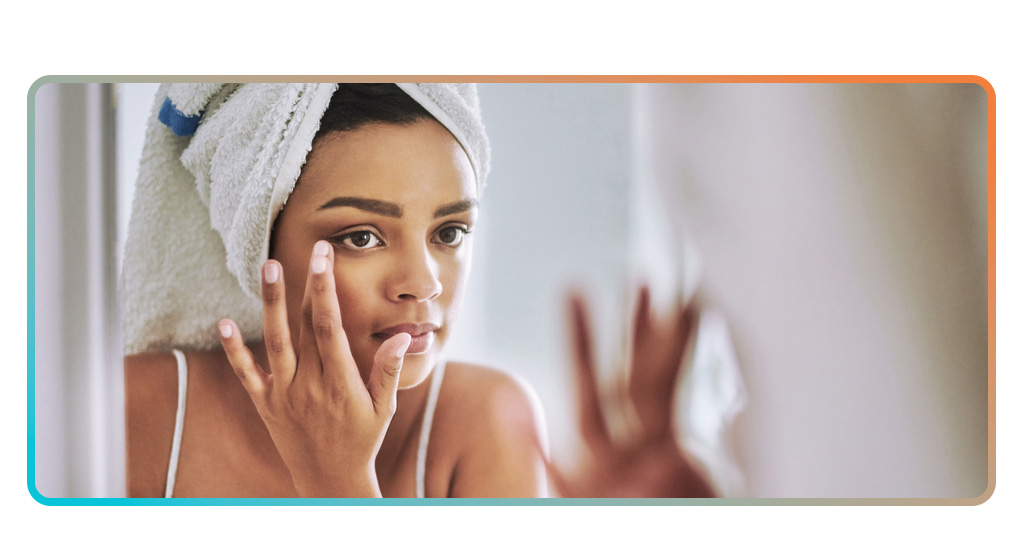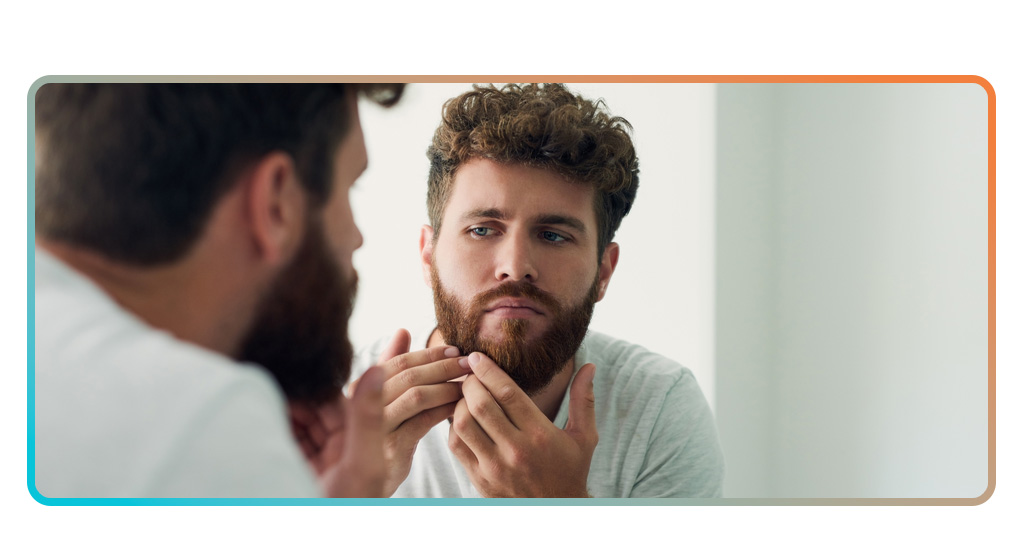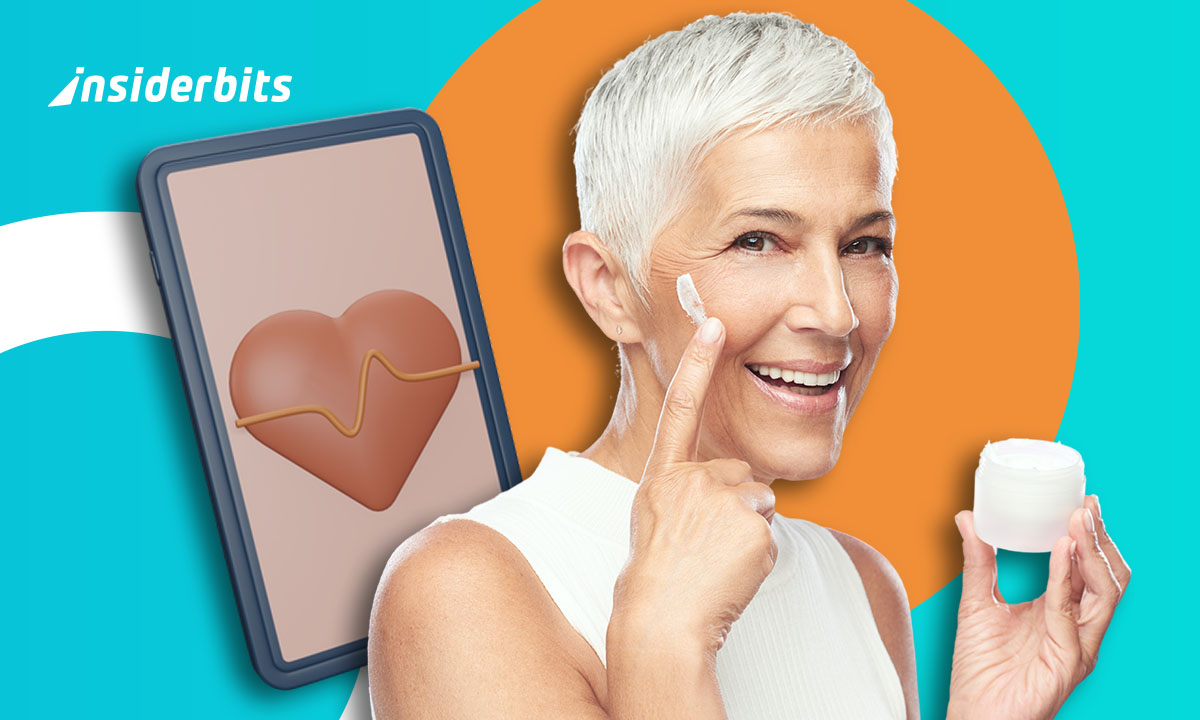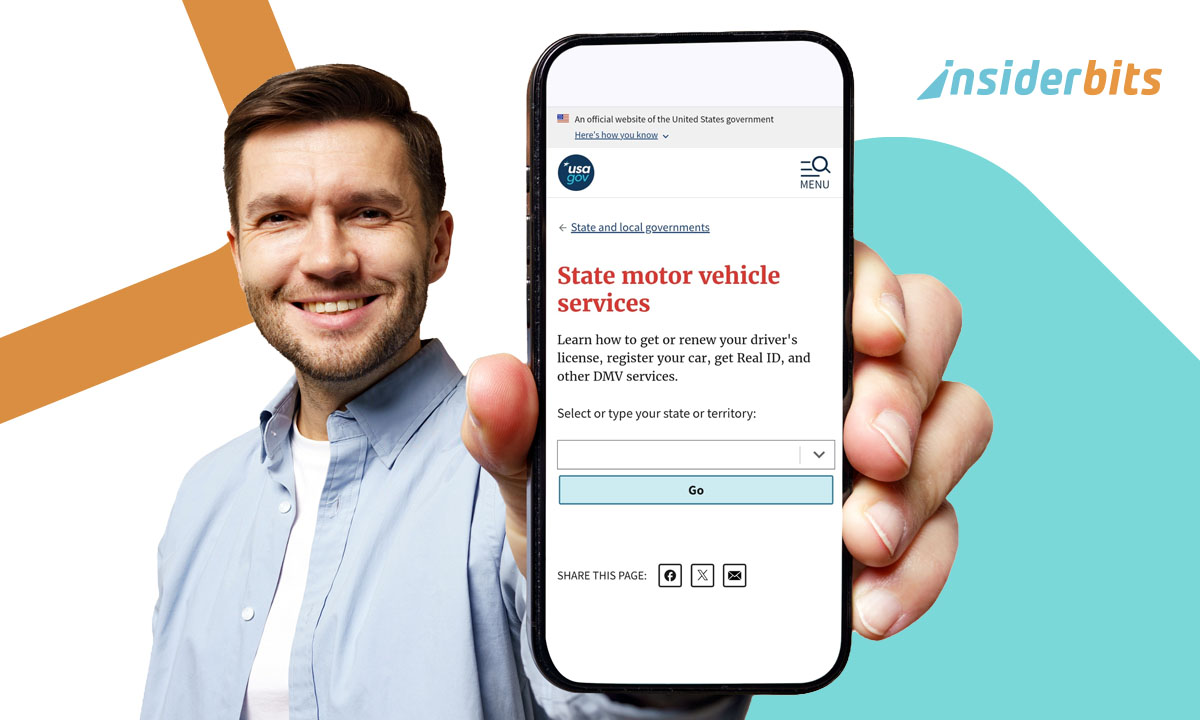Curiosity about that strange spot or rash is common, and smartphones might help. Several free apps now use AI to identify skin conditions just by analyzing a quick photo. These tools offer instant insights, suggesting possible issues like eczema or melanoma. Still, they’re not doctors. The idea is to raise awareness and help users seek professional care early.
This guide by Insiderbits explains how these apps work, their limits, and what to consider before trusting them. Keep reading and find out which apps are really worth your time.
How apps flag risks like skin cancer or dermatitis
AI-powered apps analyze photos of your skin to detect patterns linked to common concerns. They assess color variations, edges, symmetry, and texture for signs worth noting.
When a mark appears unusual or changes, the app compares it to a large image database. It then suggests a possible classification to help identify skin conditions early.
Each result is paired with a risk level, offering context on urgency. This guidance helps users decide whether it’s time to schedule a professional skin evaluation.
From photo to analysis: how the process works
Once a user uploads a photo, the app starts analyzing pixels, shades, and edges. It searches for asymmetry, discoloration, or irregular texture that might signal a skin concern.
The result usually arrives within seconds. It may include a potential condition, a risk score, and recommendations like rechecking later or seeing a healthcare provider for proper assessment.
Common conditions apps try to detect
Most skin apps focus on early signs of melanoma, eczema, acne, rosacea, and psoriasis. Some also flag infections or allergic reactions based on color and distribution patterns.
Accuracy depends on the image and the data used to train the algorithm. Conditions that look similar can be misread, which is why results should never be final.
Risk level indicators: what “low”, “moderate”, and “high” mean
After scanning the image, the app assigns a risk level. These terms suggest how closely the skin issue resembles known cases found in databases used to identify skin conditions.
Low risk may mean it’s likely harmless, while high risk signals a more concerning pattern. These flags don’t confirm anything but serve as a prompt to take action.

Top free apps that help identify skin conditions
Plenty of apps promise quick insights by analyzing skin photos, but only a few stand out for their features, usability, and credibility in the health and wellness space.
Some focus on instant feedback, while others help track changes over time. Below are trusted options people use to better understand skin changes before seeking professional guidance.
SkinVision
SkinVision lets users snap a photo of a mole or spot and get an instant risk assessment. It’s a simple tool designed to help people identify skin conditions more easily.
Its algorithm is clinically validated and analyzes shape, color, and texture. Within seconds, the app returns a risk level, suggesting whether you should monitor the spot or see a doctor.
Free features include storing images and checking local UV levels. Paid options unlock unlimited scans, and some European health insurers reimburse part of the cost.
SkinVision’s best features
- Clinically validated risk analysis: uses a medically certified algorithm to assess moles and spots, offering fast, evidence-based feedback on potential skin risks;
- Insurance-backed access options: certain European health plans include coverage for premium features, reducing the cost of using this trusted app for skin evaluations;
- Image storage and UV guidance: allows users to track skin changes over time and view personalized sun exposure tips based on real-time UV data.
4.5/5
Miiskin
Miiskin helps people keep track of changes on their skin over time. It focuses on monitoring instead of instant results, making it easier to identify skin conditions with visual comparisons.
The app lets users photograph moles, rashes, or patches and compare them later. It doesn’t offer medical opinions, but supports awareness and early detection through visual tools.
Premium features include reminders, automatic body mapping, and secure cloud storage. Even the free version offers solid tools for anyone who wants to stay informed about their skin.
Miiskin’s best features
- Photo comparison over time: allows users to take consistent skin photos and visually track changes to moles, rashes, or other spots over weeks or months;
- Smart reminders and body mapping: sends alerts to retake photos regularly and offers visual guides to ensure more consistent and precise skin monitoring over time;
- Secure cloud backup: offers encrypted storage for personal images, giving users control over sensitive data while tracking skin health digitally and safely.
4.5/5
Aysa
Aysa offers fast, AI-based insights by analyzing skin photos and comparing them to real medical cases. It’s designed to help everyday users identify skin conditions using simple language.
After uploading a photo, the app suggests possible matches and shows educational content. It doesn’t diagnose, but it helps users better understand what might be happening with their skin.
Aysa is powered by VisualDx, a trusted medical database. It’s free to use and focuses on delivering helpful, easy-to-read suggestions that support early awareness and informed steps.
Aysa’s best features
- AI-powered image analysis: uses real clinical data to compare skin photos with thousands of cases, offering personalized insights in just a few seconds;
- Trusted medical support: uses the VisualDx database to enhance accuracy through comparisons and provide more informed suggestions based on medical references;
- Educational guidance for users: provides clear descriptions and related images to help users understand possible conditions and make informed choices about next steps.
Verwandt: Telemedizinische Technologie, die weit über Videoanrufe hinausgeht
How accurate are skin analysis apps?
Skin analysis apps can offer surprisingly useful insights. They scan photos of moles, rashes, and spots to suggest possible conditions using AI models trained on thousands of skin images.
Still, accuracy varies. Lighting, camera quality, and skin tone can all affect results. These tools may flag concerns or miss subtle signs, so use them carefully to identify skin conditions.
The role of AI in modern dermatology
Artificial intelligence has become a powerful tool in health tech. In dermatology, it’s used to compare skin images against databases, highlighting irregularities based on pattern recognition.
Machine learning helps these apps improve over time. The more diverse data they process, the better they become at recognizing visual markers of skin issues across different tones.
But AI lacks human judgment. It doesn’t ask follow-up questions or understand context. A red patch might mean irritation or something more, but apps won’t know your full history.
Limitations of self-diagnosis: what the apps can’t tell you
Apps can identify skin conditions visually, but they don’t capture symptoms like itching or pain, which doctors rely on to understand what’s really happening.
Some skin problems appear mild yet need care. While an app might suggest a condition, it can’t consider your habits, medical background, or exposure to specific environmental factors.
Even if the result sounds accurate, it isn’t a confirmed diagnosis. Only trained professionals can perform exams and tests to pinpoint what’s actually affecting your skin.
Why you still need a dermatologist’s opinion
Even the smartest technology can’t replace years of clinical expertise. Dermatologists spot details that AI misses and tailor care based on your full health picture, not just appearance.
Some apps may suggest that you identify skin conditions easily, but they can’t prescribe medication, perform biopsies, or treat long-term problems. They’re only a starting point.
A dermatologist listens, asks the right questions, and watches how skin changes over time. This human insight is essential, especially when early detection can make all the difference.

Best practices for taking skin photos for AI tools
Good photos improve the accuracy of skin analysis apps. A clear image helps AI detect edges, color changes, or patterns that could signal a potential skin issue.
A blurry or poorly lit photo might lead to misleading results or missed concerns. Following basic photo guidelines gives these tools a better chance to identify skin conditions correctly.
Lighting and focus: small details that make a big difference
Natural light works best. Avoid flash or harsh shadows that distort skin tone and texture. Bright, even lighting helps reveal what the app needs to properly analyze.
Focus matters too. Hold your phone steady, and avoid zooming in. Instead, bring the camera closer so the area appears sharp, detailed, and centered in the frame.
Avoiding makeup, filters, and obstructions
Apps analyze texture, color, and irregularities, so bare skin is essential. Makeup can hide redness or bumps that matter in the final analysis and affect classification.
Also skip camera filters or editing tools. They may smooth over important features or change color tones, making it harder for the AI to deliver a meaningful suggestion.
When and how often to take new photos
Consistency helps spot changes over time. Use the same lighting, distance, and angle for follow-up pictures so the app can compare results and track visible progression accurately.
For chronic issues or moles you’re watching, monthly photos are a good routine. Taking regular pictures helps you identify skin conditions early and discuss changes with your doctor.
Verwandt: Enhancing Health and Wellness Through Smart Jewelry
Privacy concerns when using medical image apps
Sharing images of your skin may seem routine, but they include biometric data and should be protected like any other sensitive medical information tied to your personal identity.
Before using an app that handles health-related photos, check its privacy policy. Understand whether your data is encrypted, stored locally, anonymized, or shared with third parties.
Are your skin photos safe? What to look for in app policies
Apps that help identify skin conditions should explain how they handle your data. Look for privacy terms that cover storage duration, usage purpose, and third-party access details.
Avoid tools with vague or confusing language. If it’s unclear who can view your skin photos or how long they’re stored, choosing a more transparent option is safer.
The importance of data encryption and anonymization
Encryption protects your photos during upload and storage. This adds a layer of security that blocks unauthorized access to sensitive skin images stored on servers.
Anonymization means your photo can’t be linked back to you. When done properly, this protects identity and keeps health-related data separate from personal identifiers like email or name.
Do these apps sell your medical information?
Some apps use skin photo data to train algorithms or improve services. The problem starts when they also sell that data to advertisers or third-party platforms.
Even when the goal is to identify skin conditions, always check if the app profits from your information. Transparency around monetization is key to making a safer choice.
Know the risks, protect your skin, act early!
Using free apps to check your skin can be helpful when done right. With good photos and awareness, these tools support safer, smarter decisions about your health.
Brought to you by Insiderbits, this guide unpacked how everyday tech can help identify skin conditions while keeping control and caution in the hands of the user.
There’s more to learn, compare, and test. Stay with Insiderbits to discover helpful tools, honest reviews, and creative tips that actually fit into your daily life.




